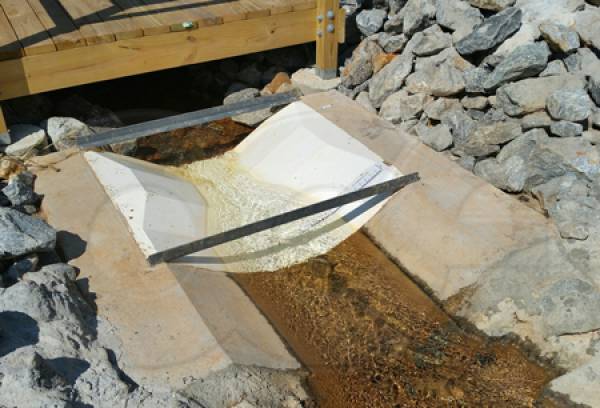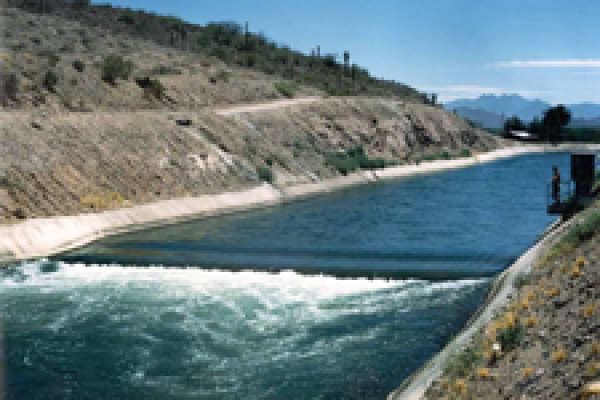This website uses a variety of cookies, which you consent to if you continue to use this site. You can read our Privacy Policy for
details about how these cookies are used, and to grant or withdraw your consent for certain types of cookies.
Selecting a Flume for Flow Measurement
This overview provides information on the advantages and disadvantages of flumes for measuring the flow of water in open channels. Additional information is also provided on unique features and application notes on various flume types.
| Advantages of Flumes | ||
|
| Disadvantages of Flumes | ||
|
- Parshall: Most widely iknow and commonly used flume. Available in throat widths from 1-inch to 50-feet. ~100 years of reasearch history. Preprogrammed into most flow meters. Standardized per ASTM and ISO. Submergence transition up to 80% in larger sizes. Flow can spill off the end or rejoin an inline channel without affecting accuracy. Discharge lower than inlet - requires the flume to either be raised above the channel floor or the downstream channel be modified. Flow ratings are based upon emprical research. Flumes are similar in layout but are not identical to / scales of each other. Hourglass shape.
- Montana (Short Parshall): Based upon the widely know Parshall. Deletes the throat and discharge sections. Requires free-spilling discharge. Uses same discharge equations as the Parshall. Not widely know. Some include the throat (which is not required).
- Palmer Bowlus: Long-throated flume designed to measure santiary flows in existing pipes / conduits. Available in multiple styles for new, existing, retrofit applicaitons. Design / discharge not standardized. Flow tables from one manufacturer may not match another manufacturer's flume. No drop in the conduit invert is required. Long (25 pipe diameters) upstream requirements. Lower accuracy at low flow levels / flume sizes. Flume design is dimensionless. Raised throat can cause sediement colleciton.
- HS / H / HL: Developed for agricultural runoff, but also used for industrial discharge. Able to measure a wide range of flows with good accuracy. Multiple sizes among the three styles. Flume design is dimensionless. Complex discharge equations. Designed for free-spilling discharge.
- Trapezoidal: Developed to measure flow in irrigation channels. Able to pass solids readliy. Flat bottom design and high submergence transition allow for installation in flat grades. Able to measure wide range of flows and provides good low flow accuracy.
- Cutthroat: Shape similar to Parshall flume, but flatbottomed and lacking an extended throat. Does not require invert drop as a Parshall does. Has somewhat greater submergence transitions than Parshall flumes. Flat bottom passes solids well. Can be sensitive to upsream conditons.
- RBC: Long-throated flume designed to measure flow in furrows and ditches. Good flow accuracy and high submergence transitions. Five different sizes. Dimensionless design - all flumes are scales of each other. Raised throat can result in sediment collection.
Source: Teledyne ISCO Open Channel Flow Measurement Handbook
Related Blog Posts
Explore more insights in our blog.

LOCATIONS IN ATLANTA, GA & BOISE, ID




